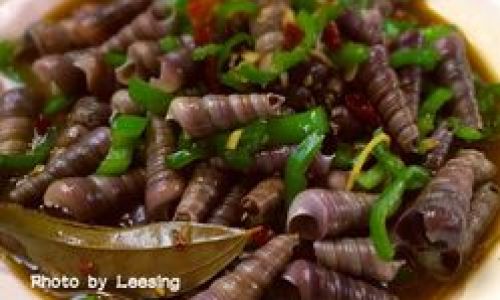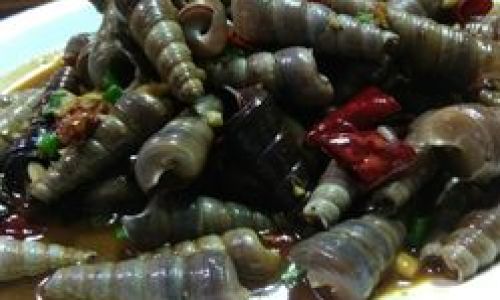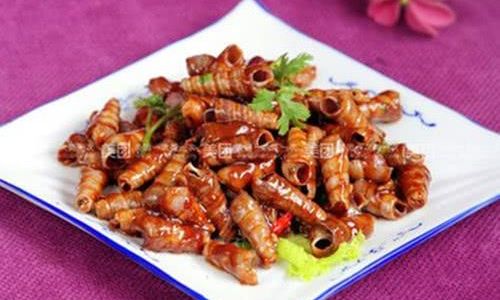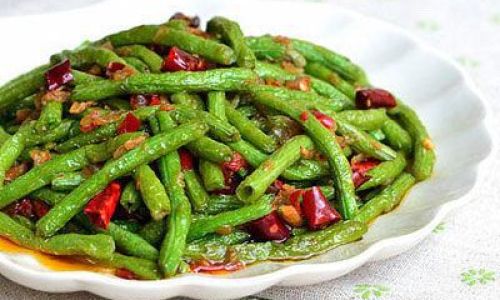Table of content
Stir-fried snails, a beloved dish in many Asian cuisines, have long sparked culinary debates among home cooks and professional chefs alike. The central question? Whether to blanch these mollusks before tossing them into the sizzling wok. While some swear by the practice of parboiling, others argue it strips the dish of its prized texture and flavor. This article delves into the science, culture, and practicality of blanching snails, offering insights to help you decide the best approach for your kitchen.
The Case for Blanching: Safety, Texture, and Flavor
Food Safety First
Snails, particularly those harvested from wild environments, may carry parasites or harmful bacteria. Blanching—a brief immersion in boiling water—serves as a critical preliminary step to eliminate potential pathogens. The heat disrupts the cellular structure of microorganisms, reducing the risk of foodborne illnesses. For health-conscious cooks, this step is non-negotiable, especially when serving vulnerable populations like children or the elderly.
Tenderizing Toughness
Raw snails possess a rubbery texture that can turn chewy if not handled properly. Blanching jumpstarts the cooking process by breaking down collagen, the protein responsible for toughness. A 2–3 minute dip in boiling water (often seasoned with ginger, garlic, or Shaoxing wine) softens the flesh, ensuring a tender bite once stir-fried. This method also helps expel excess moisture, preventing the dish from becoming watery later.
Removing Impurities
Snails often harbor sand, mud, or slime within their shells. Blanching encourages these impurities to loosen and rise to the surface, making them easier to scrub away. A quick rinse after blanching guarantees a cleaner final product, free from gritty surprises.

Time Management
Blanching slashes overall cooking time. Pre-cooked snails spend less time in the wok, reducing the risk of overcooking delicate aromatics like garlic or chili. This is particularly advantageous in busy kitchens or for novice cooks still mastering heat control.
The Case Against Blanching: Preserving Flavor and Authenticity
Flavor Loss
Critics argue that blanching leaches precious umami and seasoning into the cooking liquid. Snails absorb flavors best when cooked directly in a aromatic sauce, and pre-blanching may dilute this process. Purists claim that skipping blanching results in a richer, more concentrated taste.
Texture Preferences
Some diners prefer snails with a firm, almost al dente texture. Over-blanching can render the meat mushy, erasing the satisfying contrast between tender flesh and crispy shell edges. In regions where snails are prized for their chewiness, blanching is often eschewed entirely.

Simplicity and Tradition
In many rural or traditional preparations, blanching is seen as an unnecessary modern intervention. Elders might argue that generations of cooks have safely prepared snails without it, relying instead on thorough cleaning and high-heat stir-frying to neutralize risks.
Environmental Concerns
Blanching requires additional water and energy, which may conflict with eco-conscious cooking practices. Skipping this step reduces resource use, aligning with sustainability goals.
Blanching Techniques: Tips for Success
If you opt to blanch, follow these steps for optimal results:

- Clean Thoroughly: Soak snails in salted water for 2–3 hours to encourage them to expel debris. Scrub shells with a stiff brush.
- Season the Water: Add ginger slices, garlic cloves, and a splash of rice wine to the boiling water. These ingredients neutralize any lingering腥味 (fishy odor) and impart subtle flavor.
- Monitor Time: Blanch for no more than 3 minutes. Overcooking here will compromise texture later.
- Shock in Ice Water: Immediately transfer blanched snails to an ice bath to halt cooking. This step also tightens the flesh, enhancing texture.
Stir-Frying Without Blanching: Mastering the Method
For those who prefer skipping blanching:
- Marinate First: Toss snails in a mixture of cornstarch, soy sauce, and white pepper. The cornstarch creates a protective coating during stir-frying.
- High Heat, Quick Hands: Use a well-seasoned wok and preheat it until smoking. Add oil, then snails, and stir-fry vigorously to sear the exterior.
- Aromatics Later: Introduce garlic, ginger, and chili only after the snails are partially cooked to prevent burning.
- Deglaze with Sauce: Finish with a splash of oyster sauce, Shaoxing wine, and stock. Simmer briefly to ensure the meat cooks through.
Cultural Perspectives: A Global Snapshot
- Chinese Cuisine: In Sichuan, where spicy stir-fried snails (辣炒田螺) are a night market staple, blanching is common to neutralize riverine parasites. However, in coastal provinces like Guangdong, chefs often skip blanching to preserve the briny sweetness of sea snails.
- Vietnamese Phở: Snails in phở bo vien (beef ball soup) are typically blanched to align with the broth’s delicate flavor profile.
- French Escargot: Traditional recipes parboil snails in wine-infused court-bouillon before baking them in garlic butter, prioritizing tenderness.
Common Mistakes to Avoid
- Overcrowding the Wok: This lowers the temperature, causing snails to steam rather than fry. Cook in batches if needed.
- Undercooking: Raw snails pose health risks. Ensure they reach an internal temperature of 165°F (74°C).
- Ignoring Shell Integrity: Cracked shells should be discarded, as they may harbor bacteria.
The Verdict: It Depends on Your Priorities
Blanching is a tool, not a rule. Consider these factors:
- Safety: If using wild-caught snails or serving high-risk individuals, blanch.
- Texture: Prefer tender? Blanch. Love chewiness? Skip it.
- Time: Blanching streamlines cooking but adds a step.
- Flavor Profile: Blanching suits rich sauces, while unblanched snails shine in minimalist preparations.
Conclusion: A Dish of Balance
The debate over blanching stir-fried snails underscores a broader truth: cooking is both art and science. Whether you embrace tradition, prioritize safety, or chase flavor, the key lies in understanding your ingredients and audience. Experiment with both methods, adjust seasonings, and let your taste buds—and conscience—guide you. After all, the best dish is the one that satisfies your table, whether it’s been blanched, battered, or simply beloved.

Word Count: 1,214





0 comments